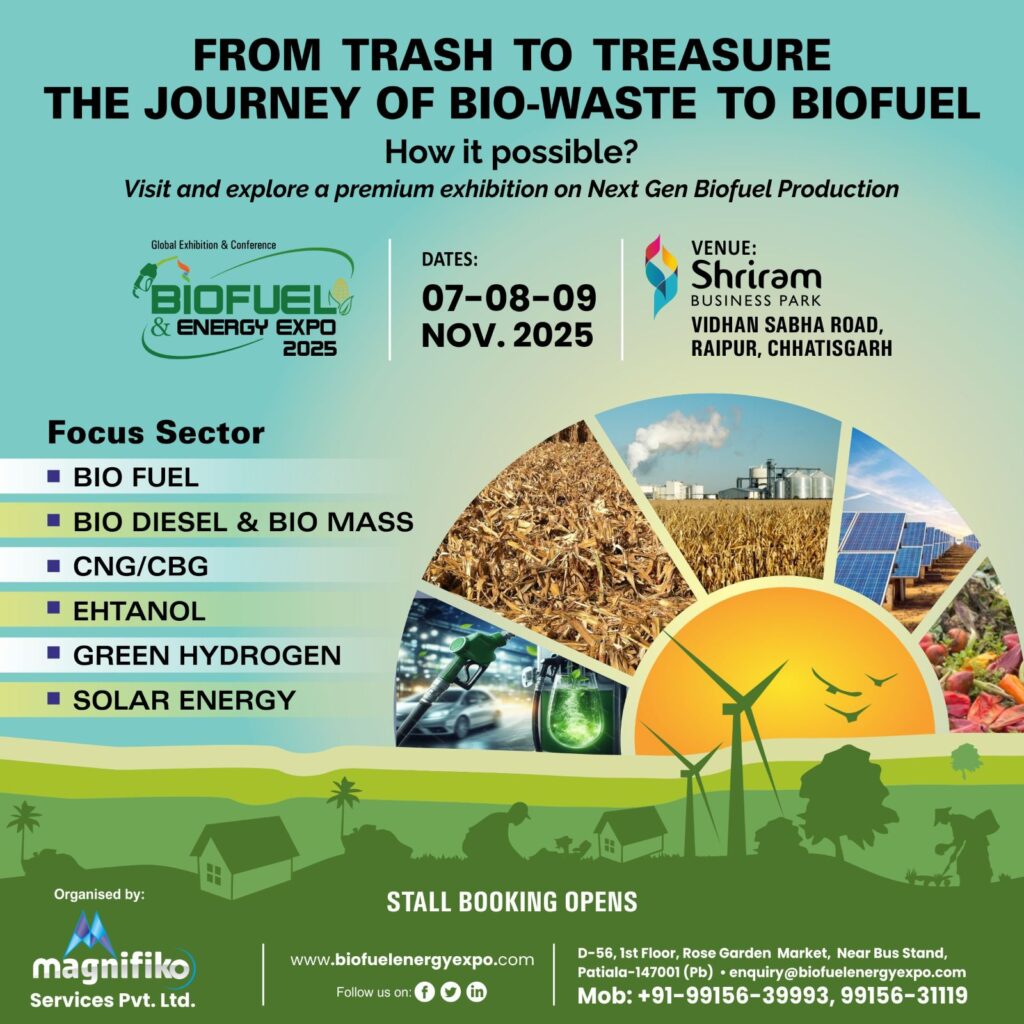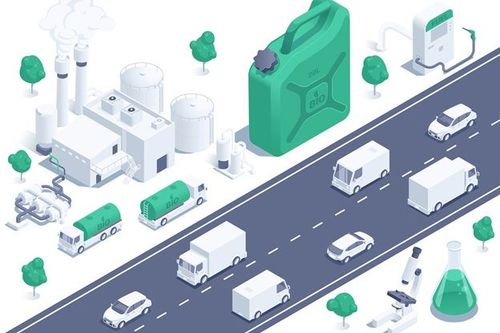Counting on bumper crop, sugar industry pins hopes on exports, ethanol push
By Parthasarthi Biswas
After a tumultuous 2024-25 season, marked by early flowering and red rot that hit production, India’s sugar industry is counting on a bumper crop this year, with hopes pinned on exports and increased ethanol production.
While normal sugar production hovers around 280-290 lakh tonnes, industry sources are projecting a higher output of 355 lakh tonnes in the 2025-26 season.
With a carry forward of 55 lakh tonnes from the previous season, Dilip Patil, the co-chairman of Indian Federation of Green Energy (IFGE), said the total availability of sugar would be around the 400 lakh tonnes mark.
“Around 50 lakh tonnes will be diverted for production of ethanol and another 20 lakh tonnes, we hope, will be shipped out through exports,” Pati said. He further estimated that of the 330 lakh tonnes stock, 275 lakh tonnes would account for domestic consumption, and the rest would be carried forward for the 2026-27 season. “As of now, the season looks good,” he said.
Though sugar prices are currently in the comfortable range of Rs 3,900-Rs 3,950/quintal, sources said the industry was counting on an early decision on sugar exports.
While production figures have been strong, the economics of sugar mills mainly depend n export quotas granted by the government—a sensitive issue with the Centre adopting a cautious approach last season. In the 2024-25 sugar marketing year (October -September), India only exported 6.44 lakh tonnes of sugar against the allowed quota of 10 lakh tonnes.

Trade bodies and industry associations have started lobbying for an early declaration of export quotas, sources said.
This oil marketing season, the government is eyeing grain-based feedstock for ethanol production, a move that has left most sugar mills uneasy. The government has pushed for double feedstock systems for the sugar sector, but most mill owners have expressed their inability to go for the same, citing financial non-viability.
In Maharashtra, the standing crop is in good condition, but much will depend on how the monsoon plays out. Most of July has been dry in the state, with August promising to be good in terms of rainfall. But if the withdrawal phase of the monsoon stretches longer than expected, it could impact sugarcane crushing schedules and adversely impact production.
This article has been republished from The Indian Express.

